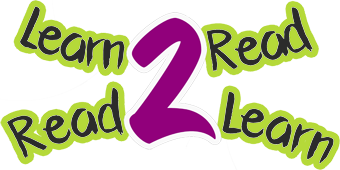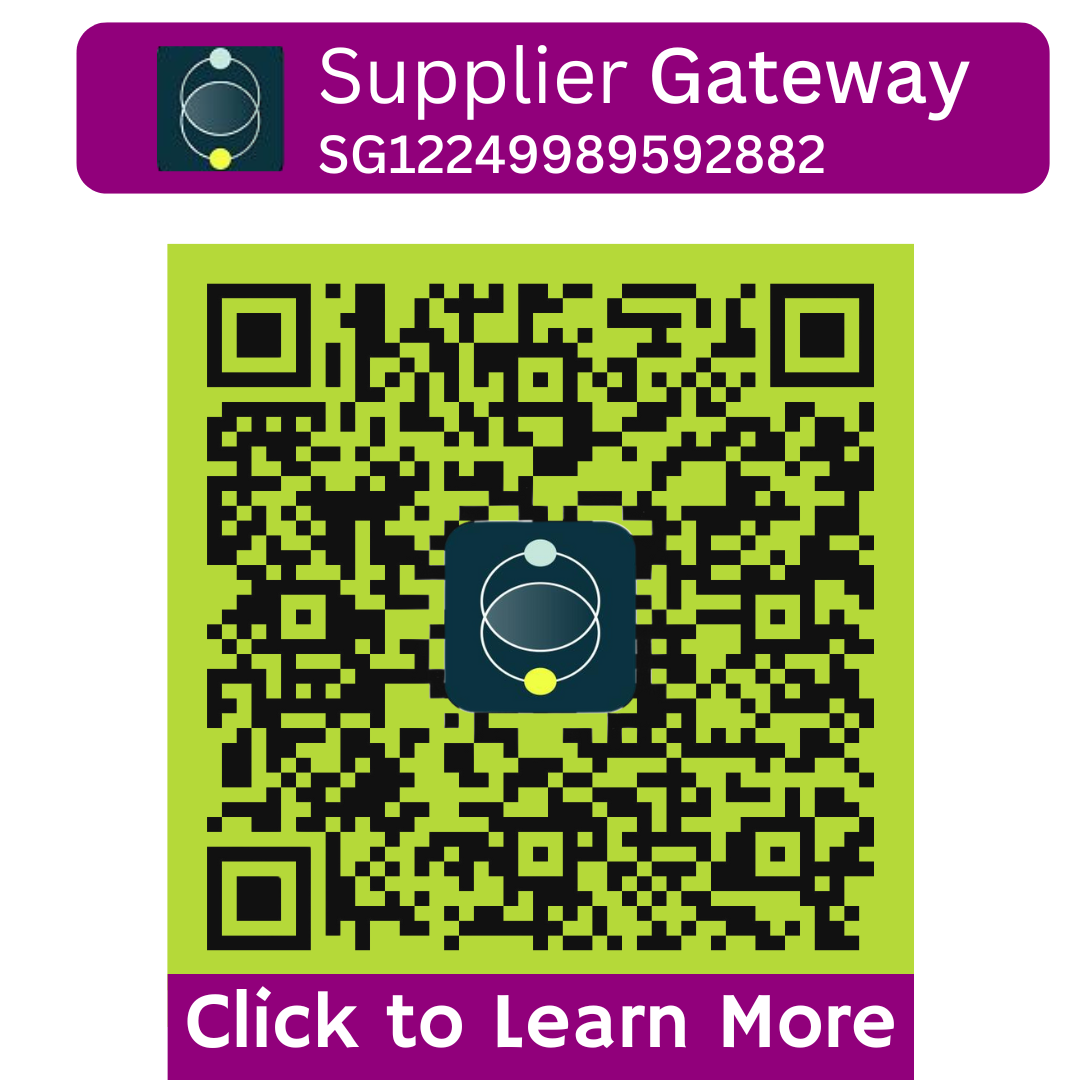The Problem
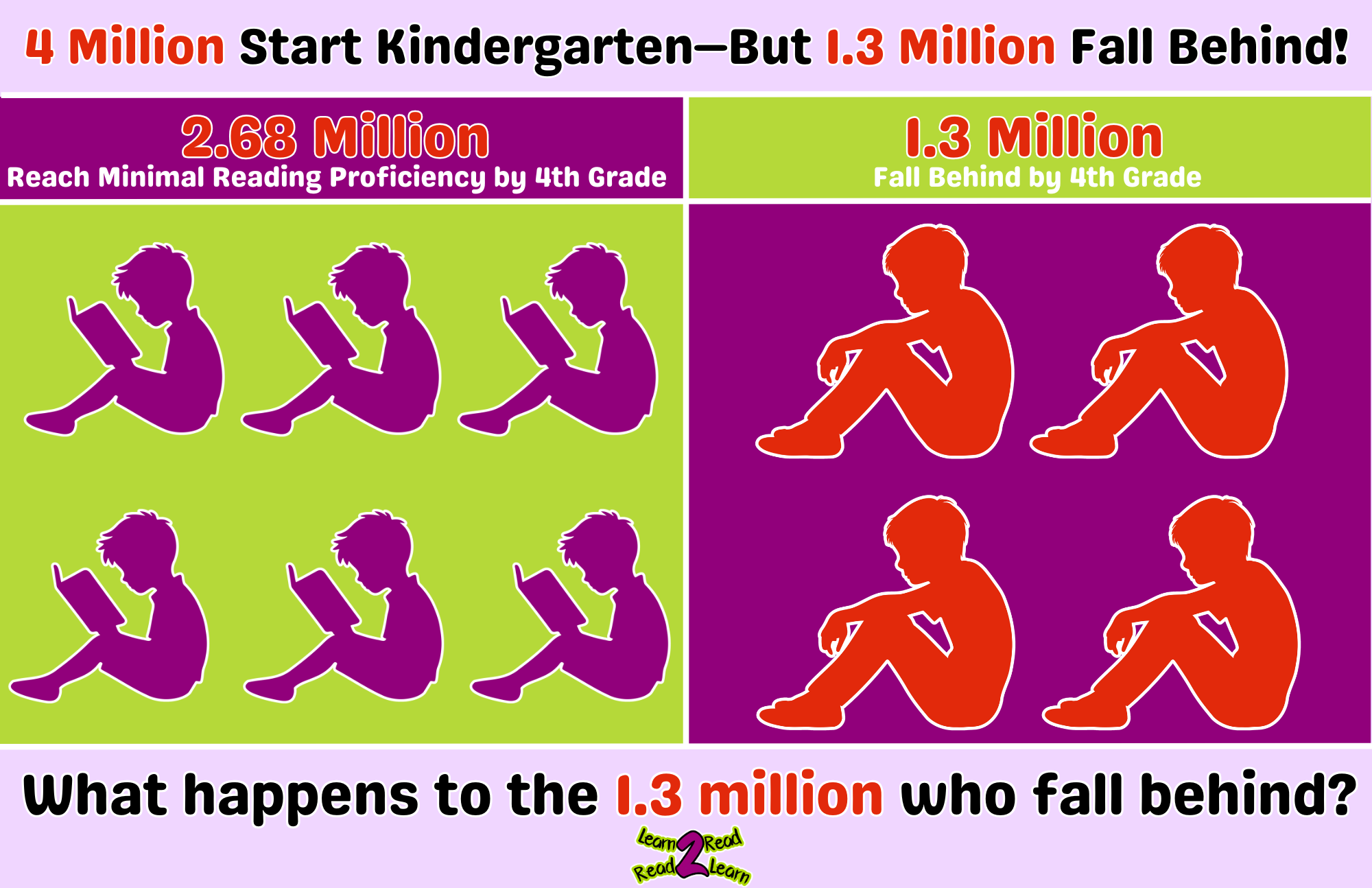
The Literacy Crisis We Can’t Ignore
Each year, 4 million children start kindergarten in the United States. By fourth grade, 1.3 million of them are already falling behind in reading. (NAEP Report)
- According to the National Assessment of Educational Progress (NAEP), approximately 40% of fourth-grade students performed below the NAEP Basic level in reading, the largest percentage since 2002.
- 2 out of every 5 children cannot read proficiently by 4th grade.
- The NAEP reports that 33% of fourth-grade students performed at or above the NAEP Proficient level in reading in 2022, indicating that approximately 67% did not reach proficiency.
- Students who can’t read by 4th grade are 6x more likely to drop out of school.
- The Annie E. Casey Foundation highlights that millions of American children reach fourth grade without learning to read proficiently, which significantly increases their risk of dropping out of high school.
- 85% of juveniles in the court system are functionally low literate. (U.S. Department of Justice)
- According to Literacy Mid-South, 85% of all juveniles who interact with the juvenile court system are functionally low literate.
This is not just an education issue—it’s a crisis affecting entire futures.
The Opportunity
Typical Timeline
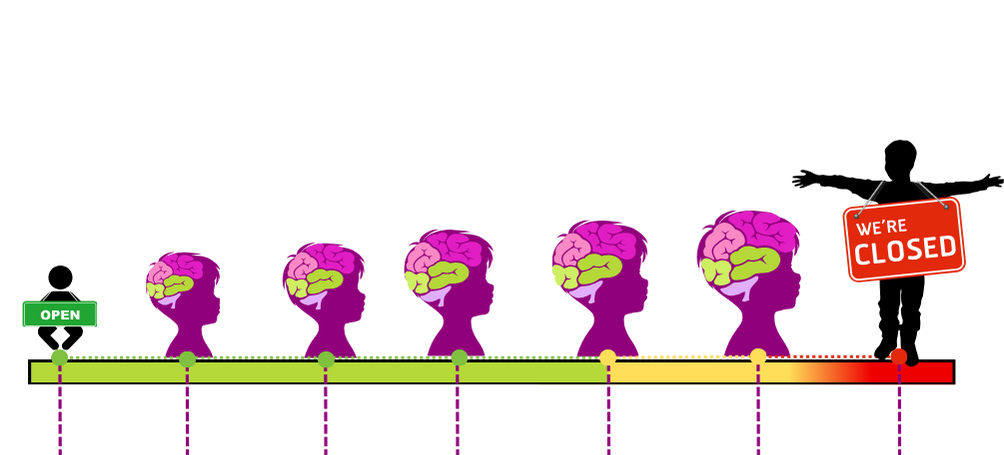
Word First Timeline
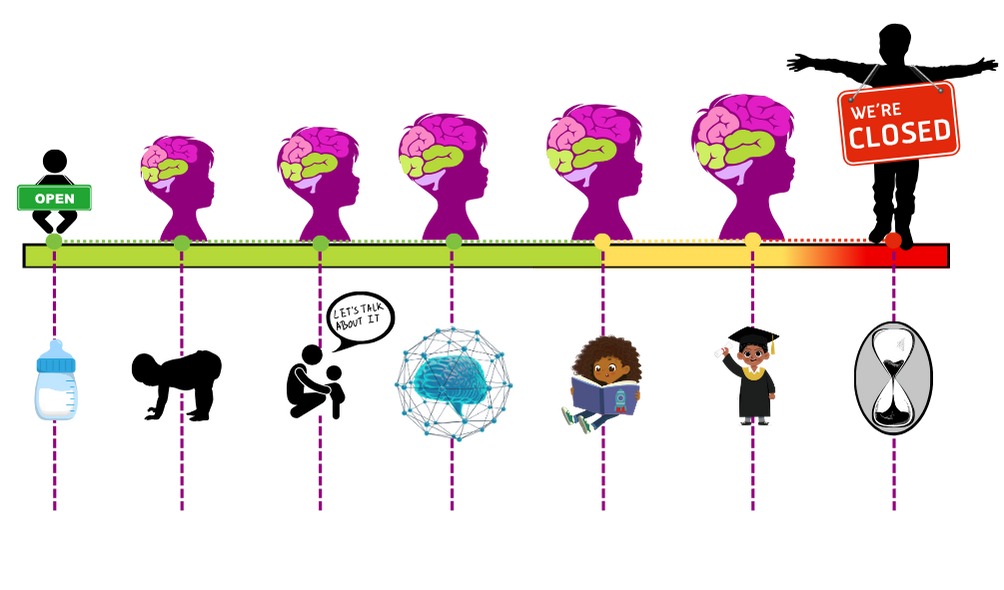
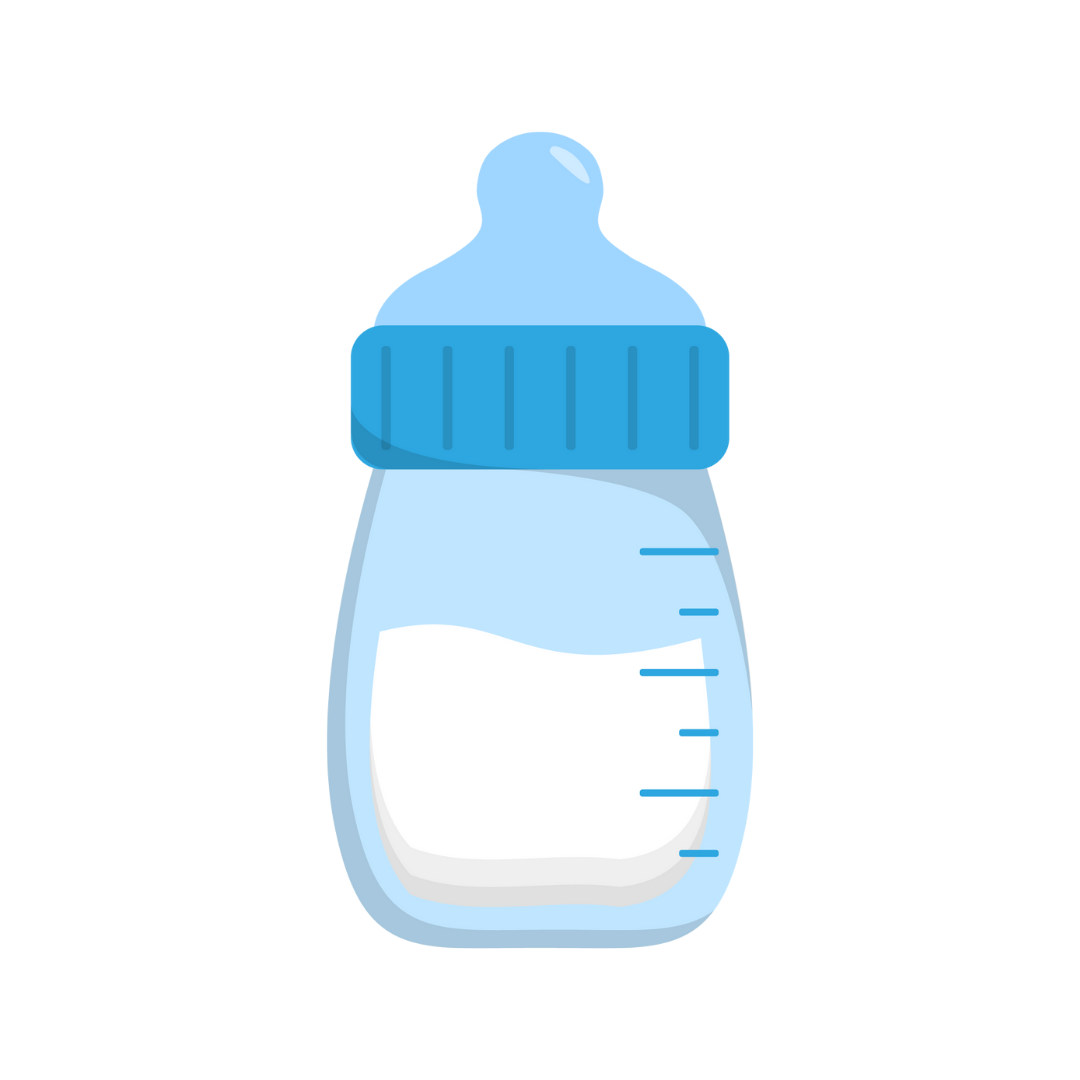 Your baby’s brain is a sponge! Even before they say their first word, they are absorbing everything you say. Their brain is already wiring itself for reading—if you start exposing them to words now!"
What to Do: Talk constantly, use rich vocabulary, sing your favorite songs.
Your baby’s brain is a sponge! Even before they say their first word, they are absorbing everything you say. Their brain is already wiring itself for reading—if you start exposing them to words now!"
What to Do: Talk constantly, use rich vocabulary, sing your favorite songs.
 Your child understands hundreds of words before they even speak! With early exposure, they can start recognizing simple words by sight as early as 12–18 months." What to Do:Label objects. Show the word "Ball" while holding a ball. Label everything in their world.
Your child understands hundreds of words before they even speak! With early exposure, they can start recognizing simple words by sight as early as 12–18 months." What to Do:Label objects. Show the word "Ball" while holding a ball. Label everything in their world.
 Most toddlers are just starting to speak—but with early exposure, they can recognize words in books and around the home!" What to Do: Use word books and matching videos daily. Slide your finger left to right as you read.
Most toddlers are just starting to speak—but with early exposure, they can recognize words in books and around the home!" What to Do: Use word books and matching videos daily. Slide your finger left to right as you read.
 While others are learning to talk, your child is learning to read. They recognize words on sight and may read simple books with support." What to Do: Consistency is KING. Move on after mastery, and always review past books.
While others are learning to talk, your child is learning to read. They recognize words on sight and may read simple books with support." What to Do: Consistency is KING. Move on after mastery, and always review past books.
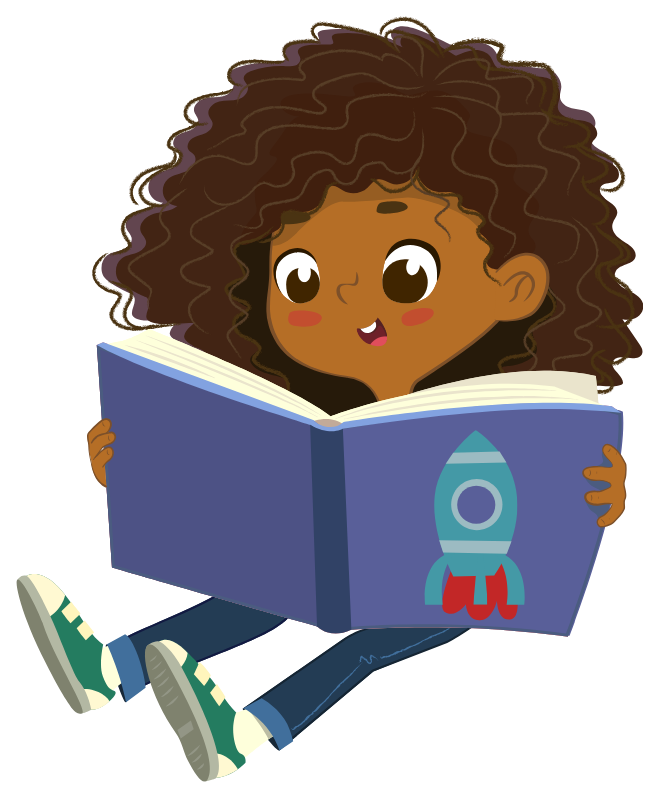 Your child is reading! They recognize hundreds of words, sound out new ones, and retell stories." What to Do: Encourage daily reading aloud, writing, and decoding practice.
Your child is reading! They recognize hundreds of words, sound out new ones, and retell stories." What to Do: Encourage daily reading aloud, writing, and decoding practice.
 Your child is READING TO LEARN. They read early chapter books and explain what they read. Many reach a 2nd–4th grade reading level before kindergarten." What to Do: Introduce chapter books and comprehension check-ins.
Your child is READING TO LEARN. They read early chapter books and explain what they read. Many reach a 2nd–4th grade reading level before kindergarten." What to Do: Introduce chapter books and comprehension check-ins.
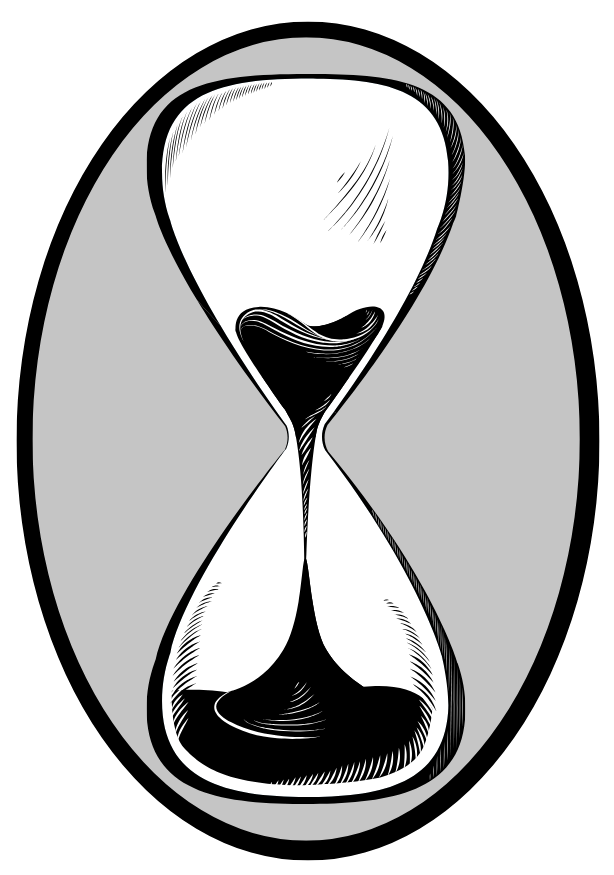 By age 6, the natural language window begins closing. But with the Word-First Method™, older children can still make rapid progress." What to Do: Stay consistent. Use the One Word at a Time Method™ and celebrate every win.
By age 6, the natural language window begins closing. But with the Word-First Method™, older children can still make rapid progress." What to Do: Stay consistent. Use the One Word at a Time Method™ and celebrate every win.
Unlocking Literacy During the Window of Opportunity
From birth to age six, children experience a once-in-a-lifetime window for absorbing language effortlessly. Our program maximizes this critical period by introducing children to written words as they learn to speak—one word at a time. When children discover that every object has a written word, they fall in love with learning, sparking a thirst for more words.
Why Start Early?
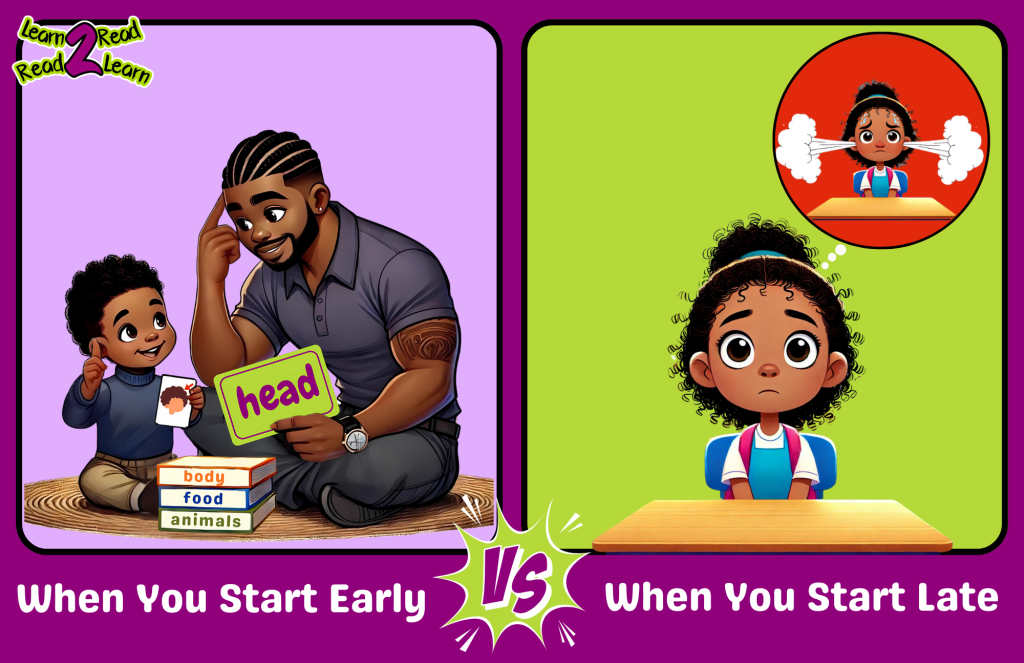
Most literacy programs begin at age five or six—when the window for effortless learning is already closing. Starting later makes sitting down with a book feel like a chore. We take a different approach. By starting early, when learning is easiest and most enjoyable, children naturally develop a love for reading. Instead of resisting books, they look forward to discovering new words and stories—making learning a joyful experience.
It’s Like a Reading MatrixTM... When You Start Early!
When you introduce written words during the brain’s natural language-learning window, something incredible happens:
Connections.
Speed.
Retention.
Joy.
Your child starts learning new words faster, remembering them longer, and actually enjoying the
process.
It doesn’t feel like memorizing—it feels like discovering. We call it The Reading MatrixTM— a stage of rapid recognition where your child’s brain starts to unlock the logic behind reading.
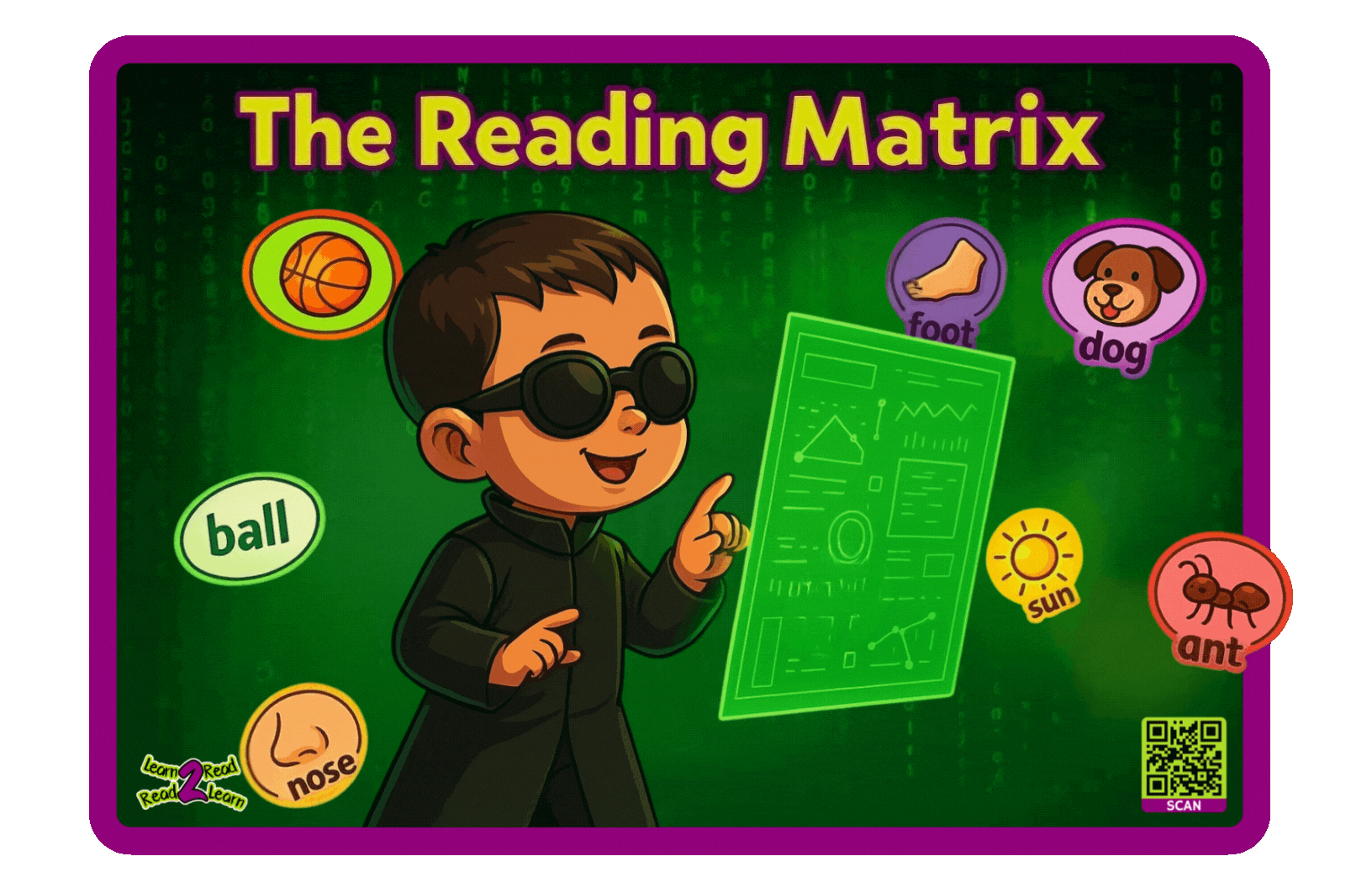
Why One Word at a Time?
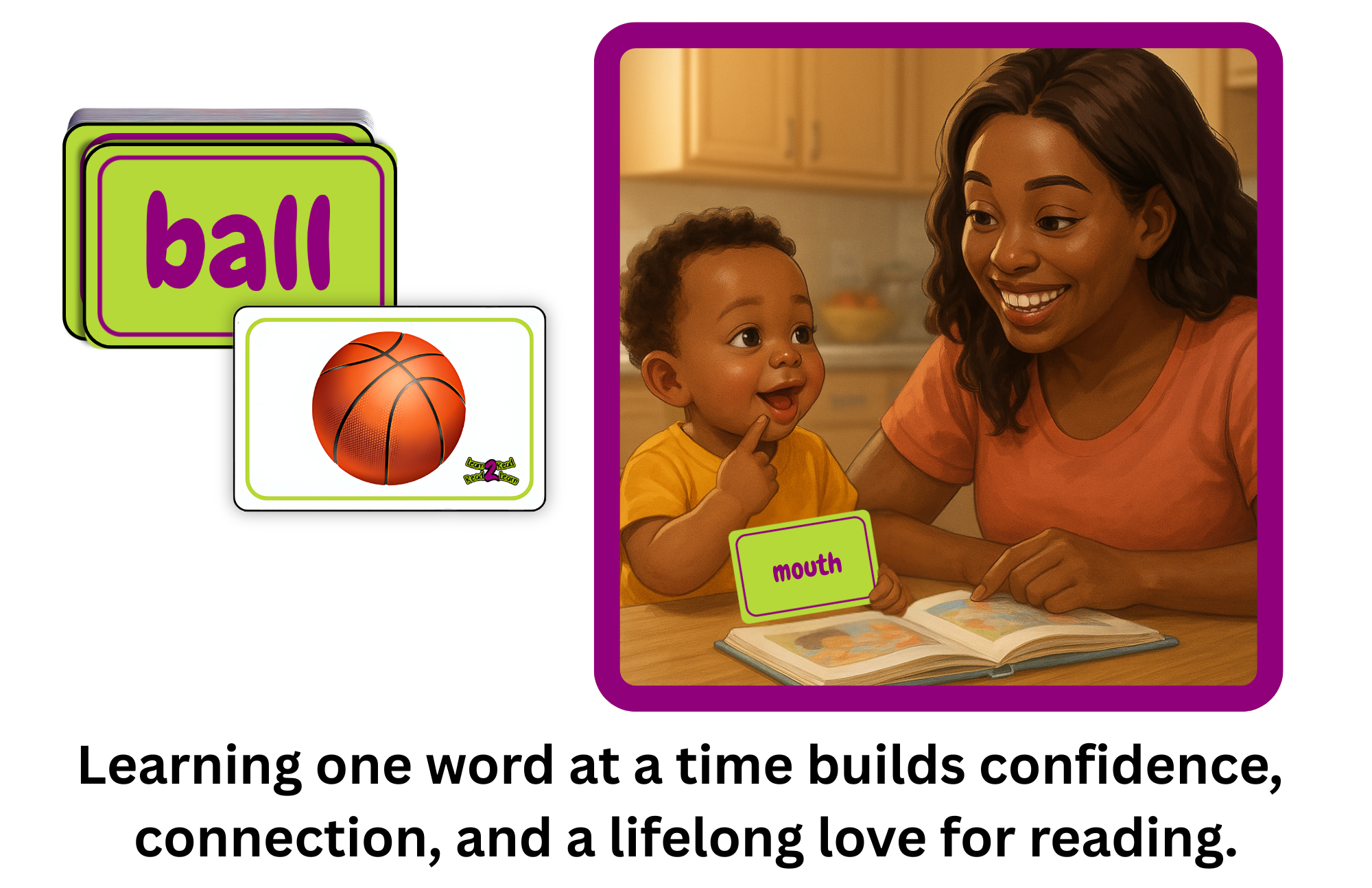
Overloading children with too many words at once can cause frustration. Instead, we introduce just one word at a time—allowing children to master, recognize, and build confidence with each new word. This makes learning feel natural, effortless, and fun!
Each new word is a stepping stone—when children grasp individual words, they begin to see patterns, recognize familiar words in new contexts, and develop a natural curiosity for more. This method transforms reading from memorization into discovery, setting the stage for a breakthrough moment—The Word Explosion.


Your Child’s Literacy Breakthrough
What is The Word Explosion?
The Word Explosion is a turning point in your child’s literacy journey. After mastering 50–60 foundational words, something incredible happens—your child’s reading ability skyrockets!
Imagine This: One day, your child is recognizing a few words. Then suddenly, they start reading words everywhere—on cereal boxes, road signs, and books. It feels like magic, but it’s not magic—it’s The Word Explosion!
Why Does It Happen?
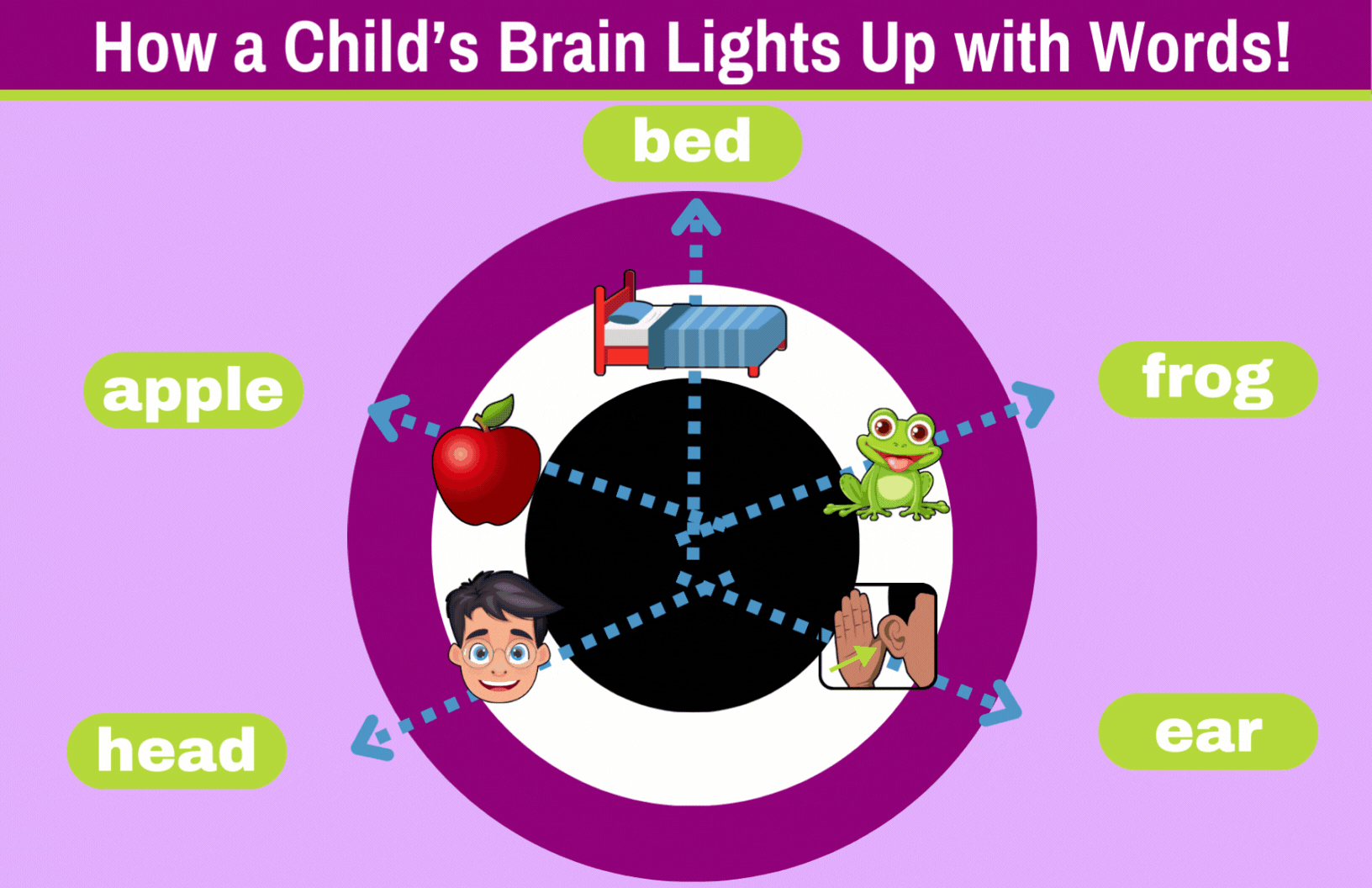
At this stage, your child has mastered the skill of learning how to learn words. Their brain now makes faster connections between objects, spoken words, and written words, making it easier for them to absorb new vocabulary.
- They’ve effectively learned how to learn words.
- They make faster connections between spoken and written words.
- They crave more words, naturally pointing and asking, “What does that say?”
- It’s like flipping a switch—suddenly, they want to know the word for everything they see!
What to Expect During the Word Explosion?
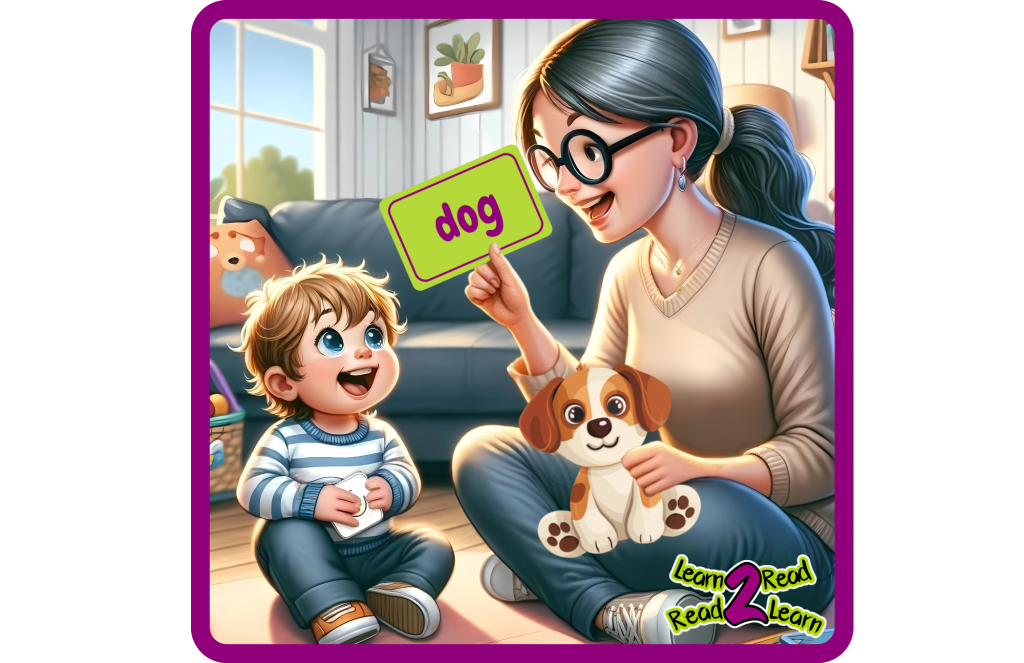
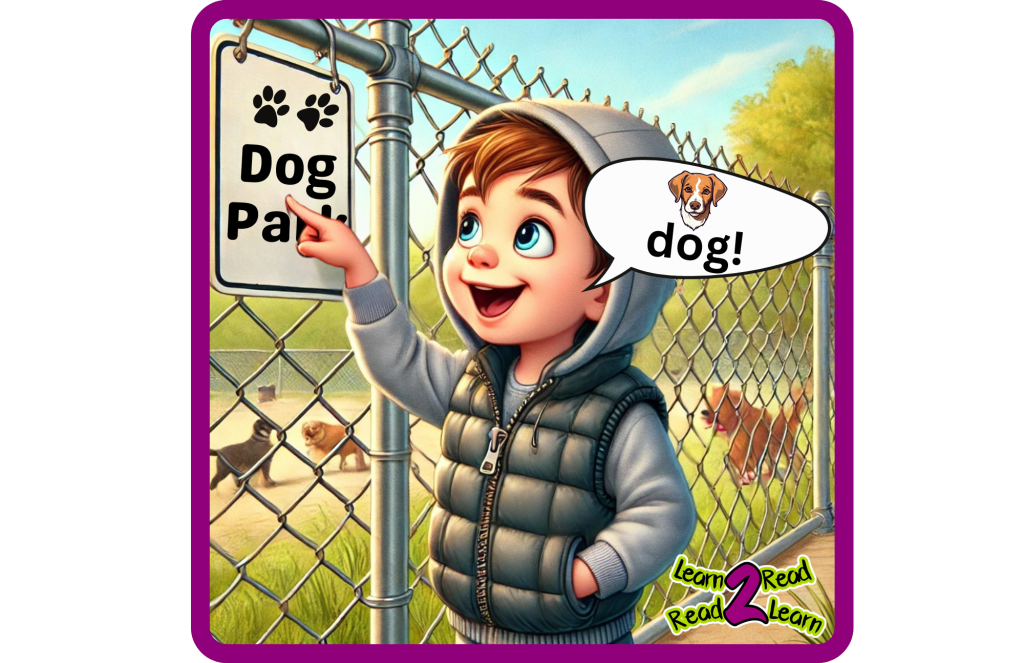
- Accelerated Learning
- Your child will recognize words everywhere—on road signs, books, cereal boxes, and store labels.
- Heightened Curiosity
- They’ll eagerly ask, “What does that word say?” or “How do you spell this?”
- Increased Confidence
- Each new word fuels their enthusiasm, making reading enjoyable and exciting.
Pro Tip: Capture this moment with a Word Tracker to celebrate your child’s growing vocabulary! Download our free First 5 Words Tracker on our Resource Page to get started.download here
How Long Does It Take?
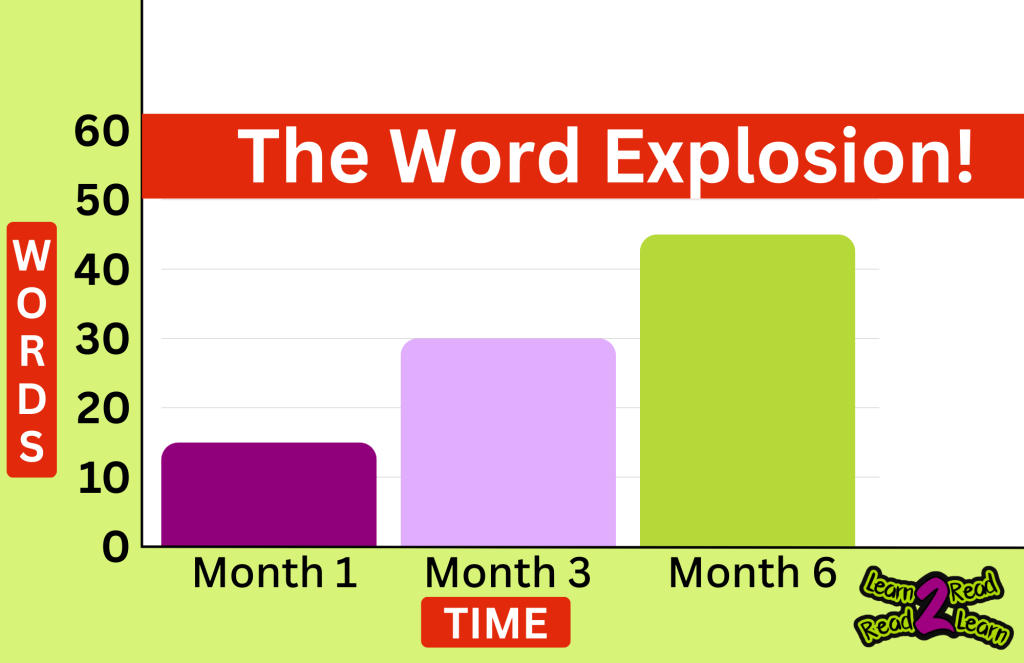

With just 25–30 minutes of daily word learning, twice a day, most children reach this phase in 4–9 months. Once they do, reading becomes second nature—unlocking their full literacy potential.
Signs Your Child is in The Word Explosion Phase
- Recognizing words on their own (road signs, books, labels)
- Asking “What’s the word for that, or what does that say?” constantly
- Excited to learn new words daily
Why Early Literacy Matters
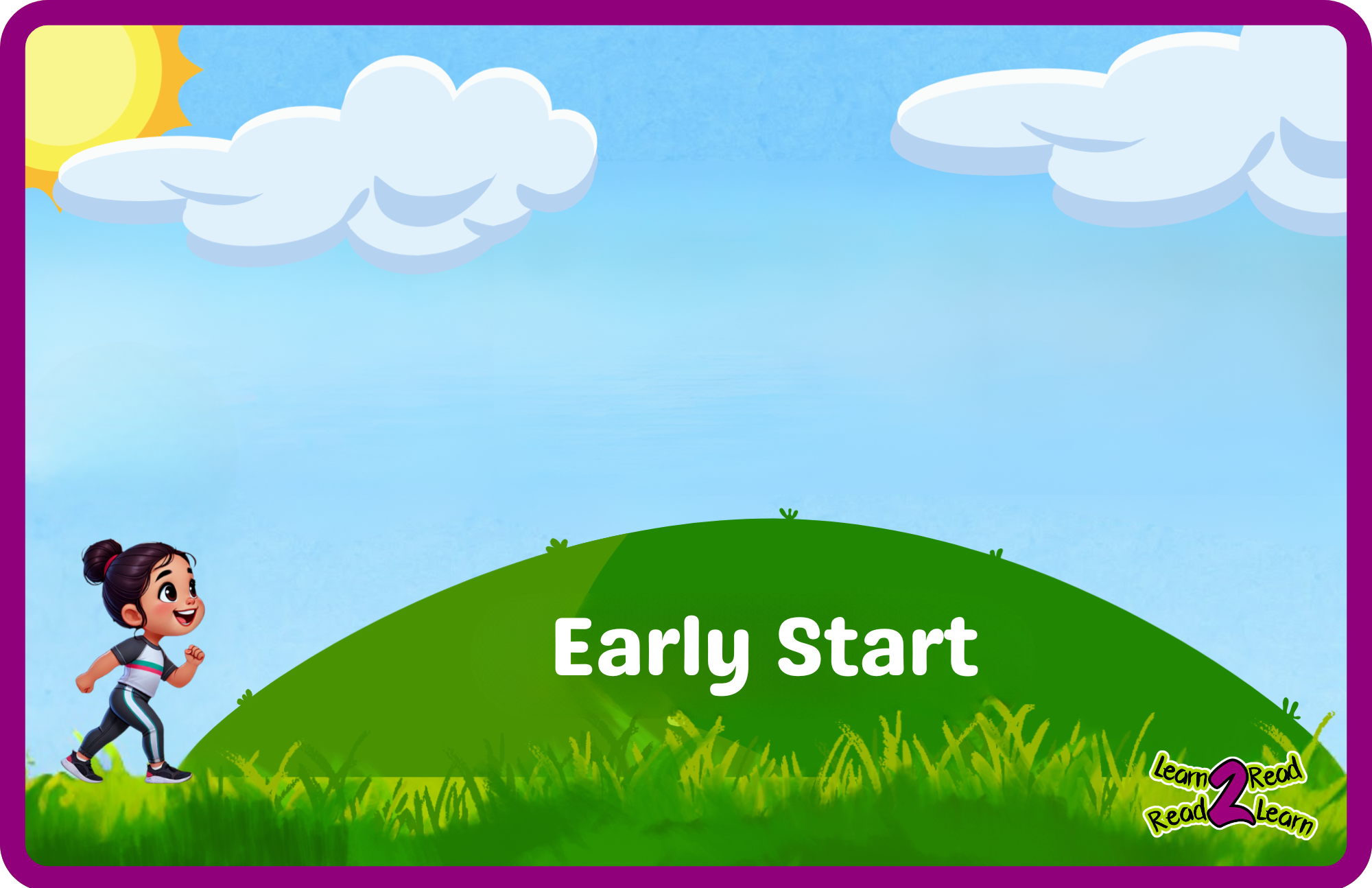
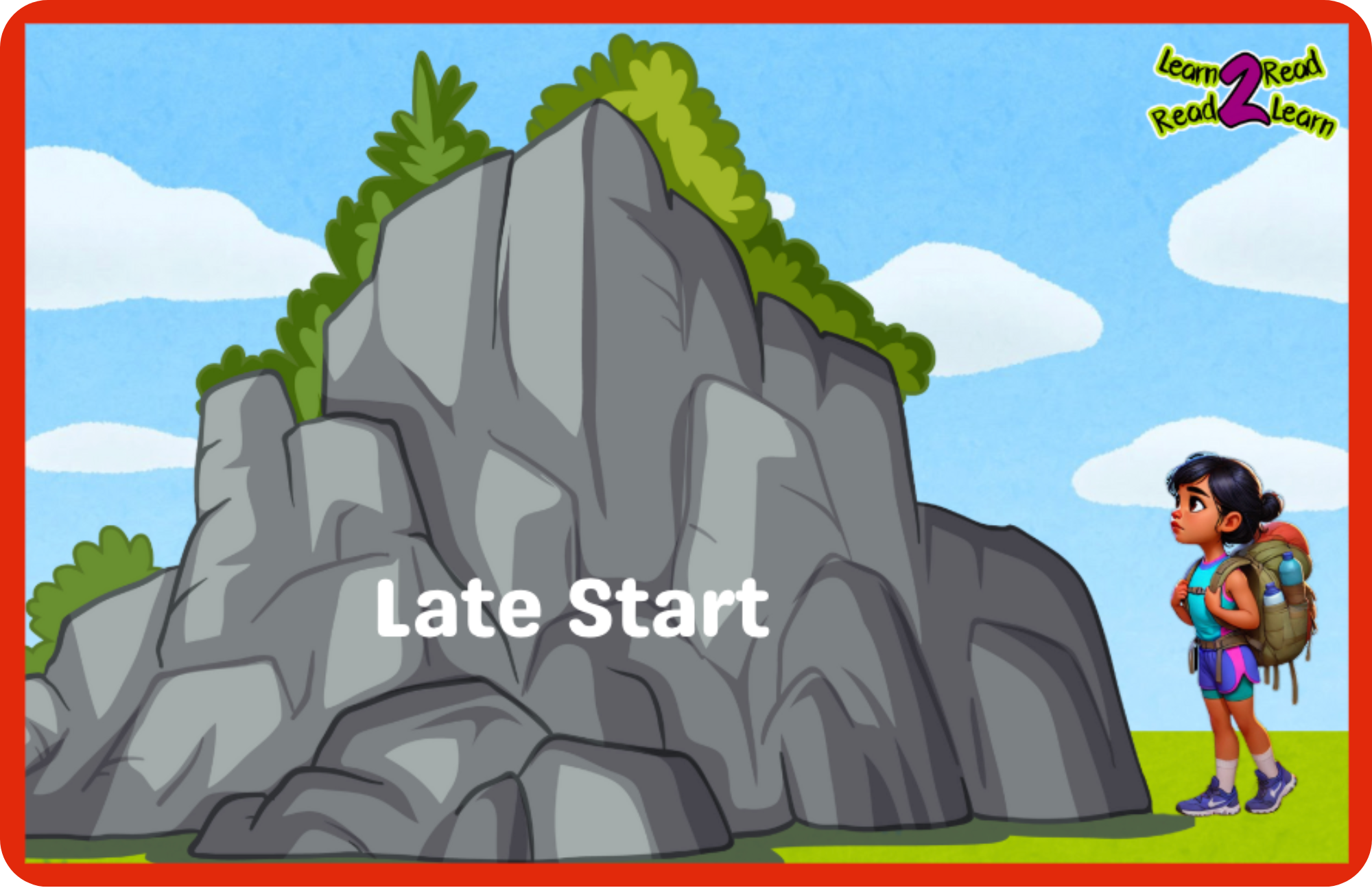
The Foundation for Lifelong Success
Early literacy isn’t just about reading—it’s about opportunity:
Children who don’t read proficiently by 4th grade are:
- 4x more likely to drop out of high school.
- 6x more likely to face long-term academic struggles.
- 10x more likely to enter the school-to-prison pipeline.
- Governors Foundation
- Source
The good news? : Early literacy interventions can reverse this cycle.
Our Founders Early Literacy Journey
How Early Literacy Changed My Family’s Future
As a parent of four, I was shocked by these statistics. That’s why I dedicated myself to unlocking the science behind how children learn.
Using the strategies we now teach through WORD BANK | Word Learning Program, I introduced my children to words as they were learning to talk.
- We spent just 30 minutes, twice a day, introducing written words
- By age three, my children were reading library books.
- By kindergarten, they were reading at a second- to fourth-grade level.
This wasn’t just about academic success—it was about building confidence and a lifelong love of learning. Now, you can use the WORD BANK program to give your child the same head start.
The Potential Impact
Imagine What’s Possible
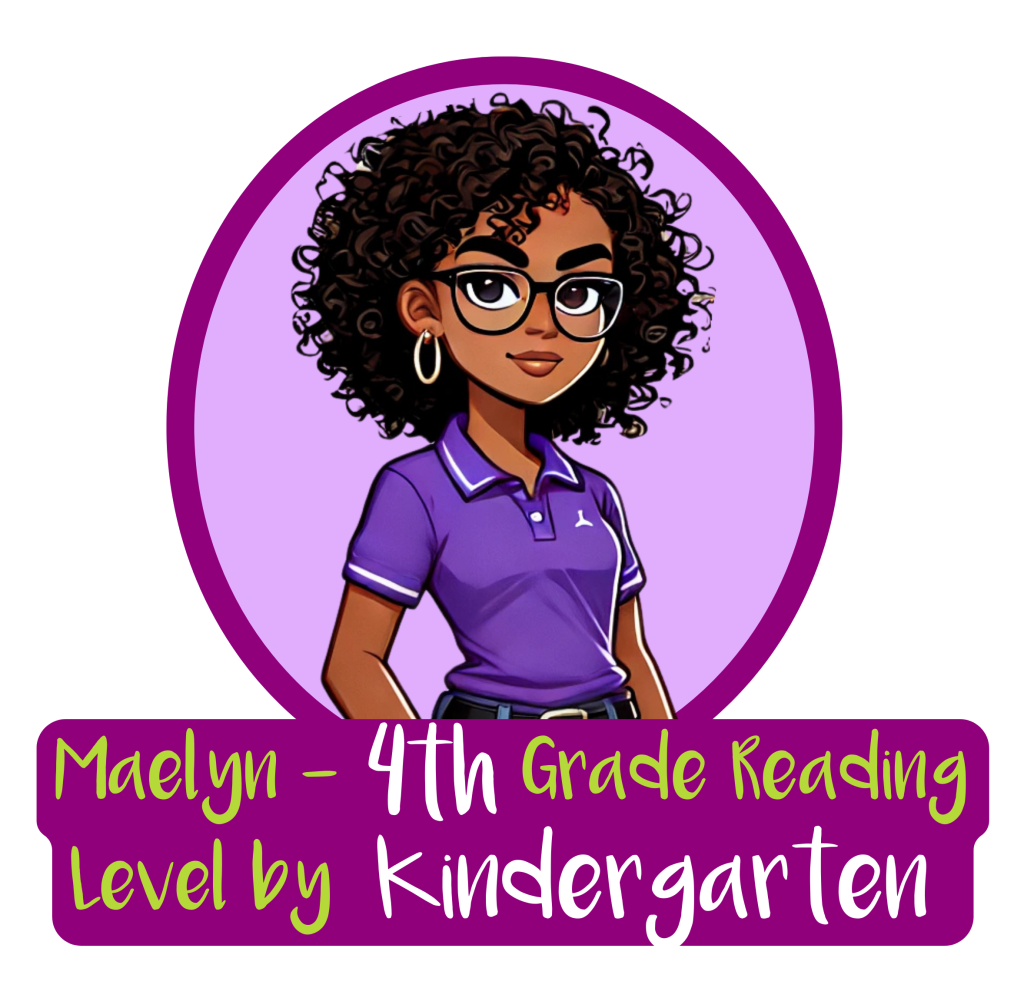
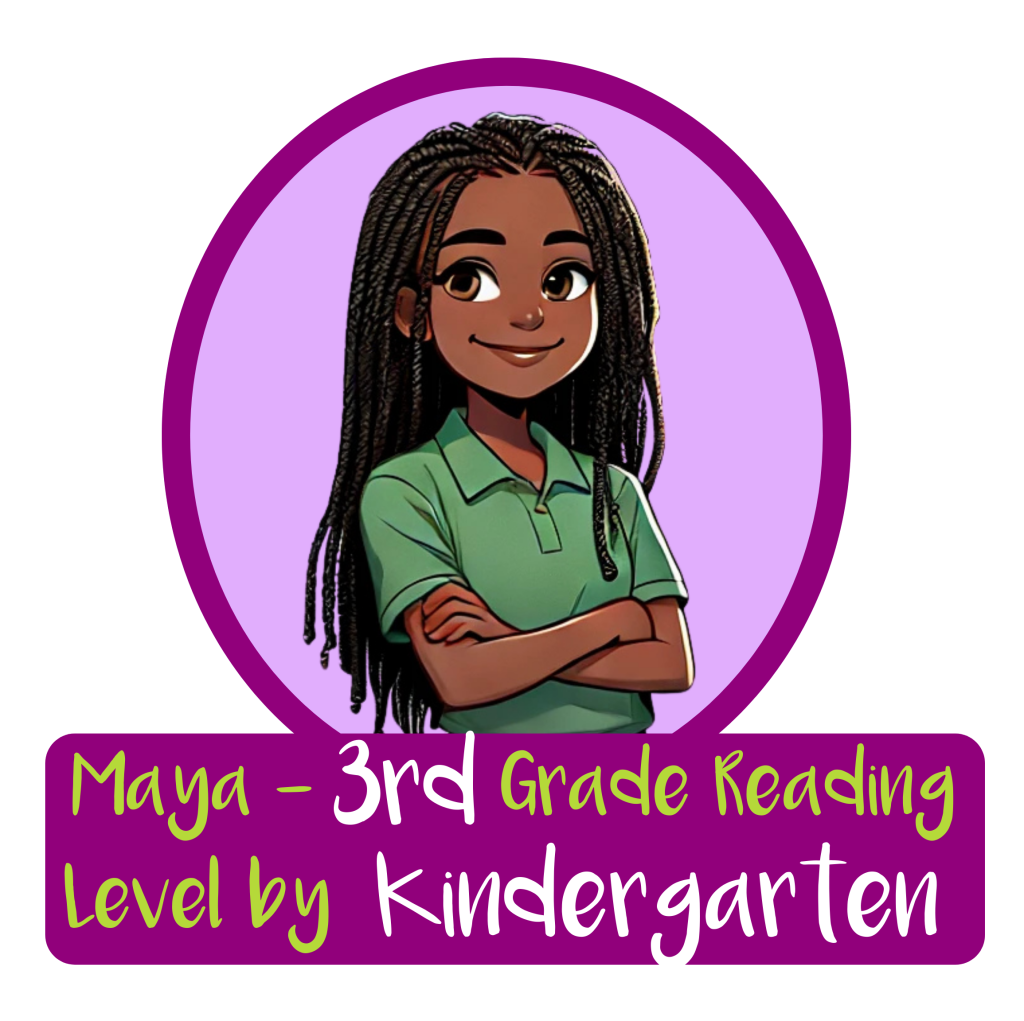
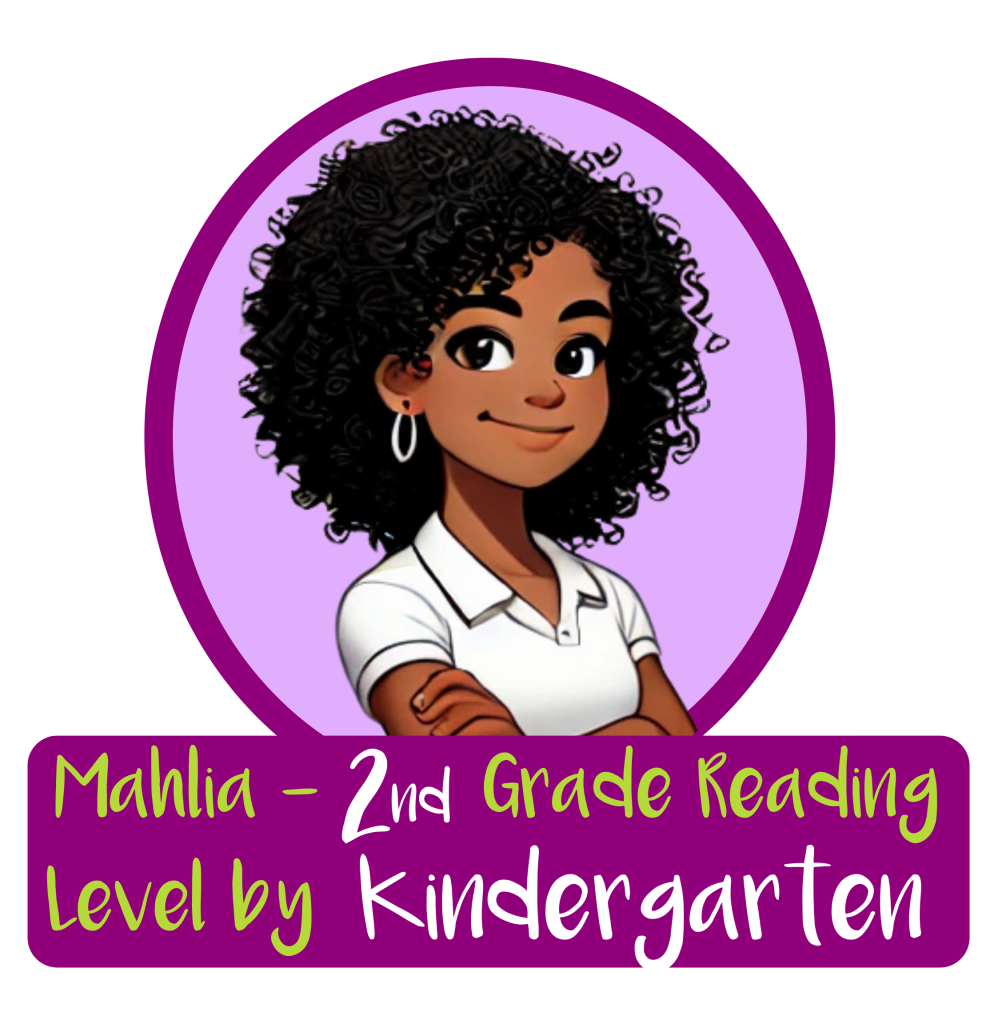
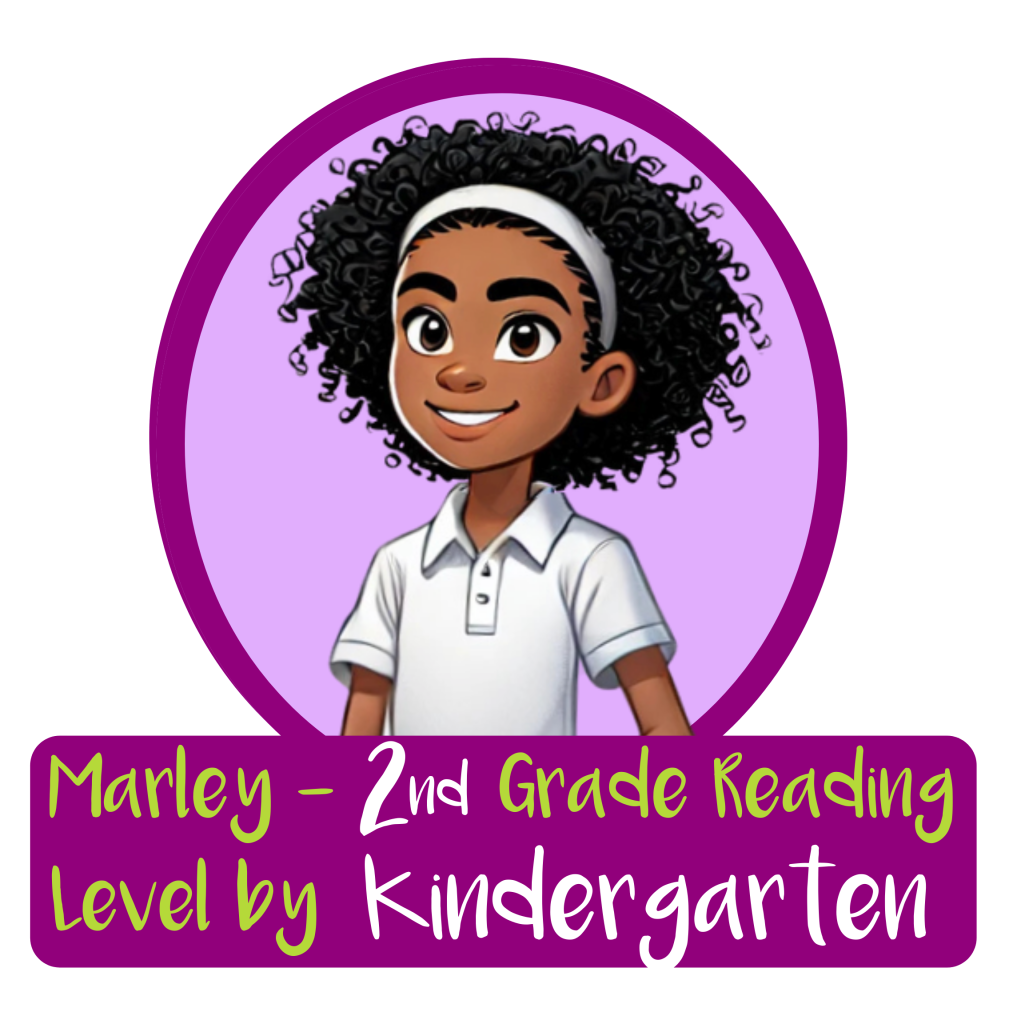
What if every child entered kindergarten already reading at a 2nd–4th grade level? With the WORD BANK | Word Learning Program, we make this possible by giving families the tools they need to unlock their child’s full literacy potential before school even begins.
With WORD BANK, families receive:
- Proven strategies to build strong reading habits
- Tools to connect written words to everyday life
- Resources that build confidence and ignite a love for learning
The Bigger Picture: Breaking the Cycle
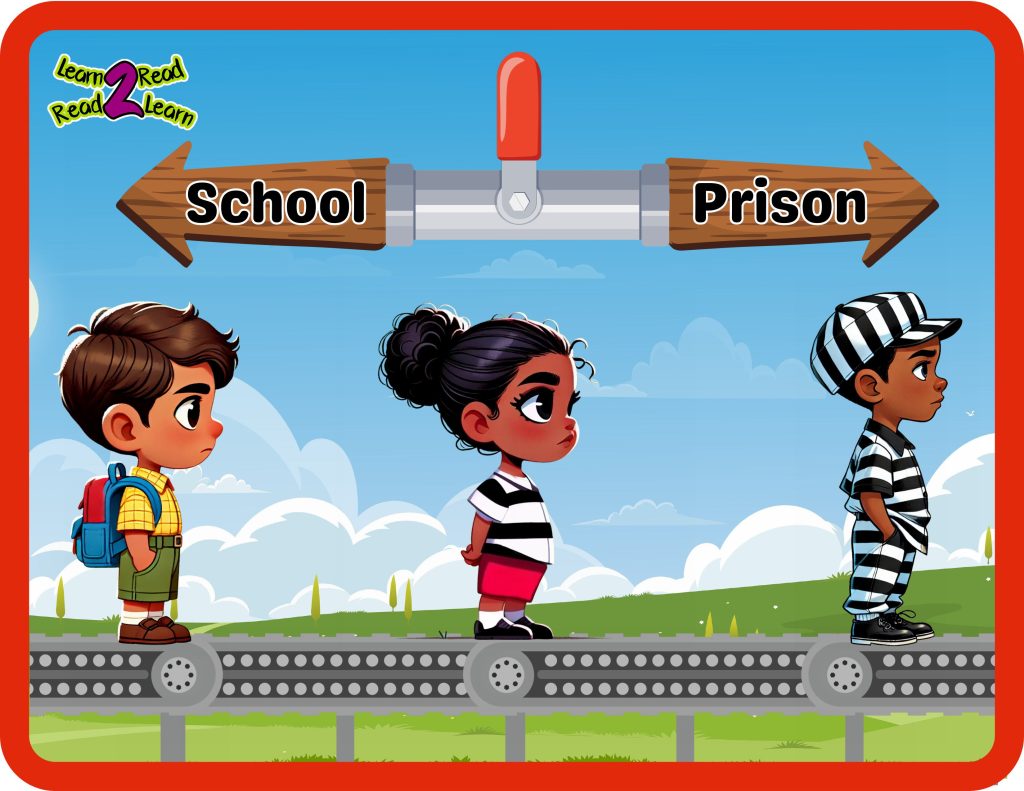
How Early Literacy Stops the School-to-Prison Pipeline
This is about more than just school—it’s about transforming futures:
- 85% of juvenile offenders struggle with reading.
- 70% of incarcerated individuals cannot read above a fourth-grade level.
- Students who fall behind in reading by 3rd grade are significantly more likely to end up in the system.
- However, with an early start, my children were reading at a 2nd- to 4th-grade level by kindergarten—proof that early literacy can rewrite a child's future.
One word at a time is the solution. When children master reading early, they gain confidence, stay engaged in school, and break free from this cycle.

Start Making an Impact Today
Join the One Word at a Time Movement
Together, we can unlock the potential in every child—one word at a time.
